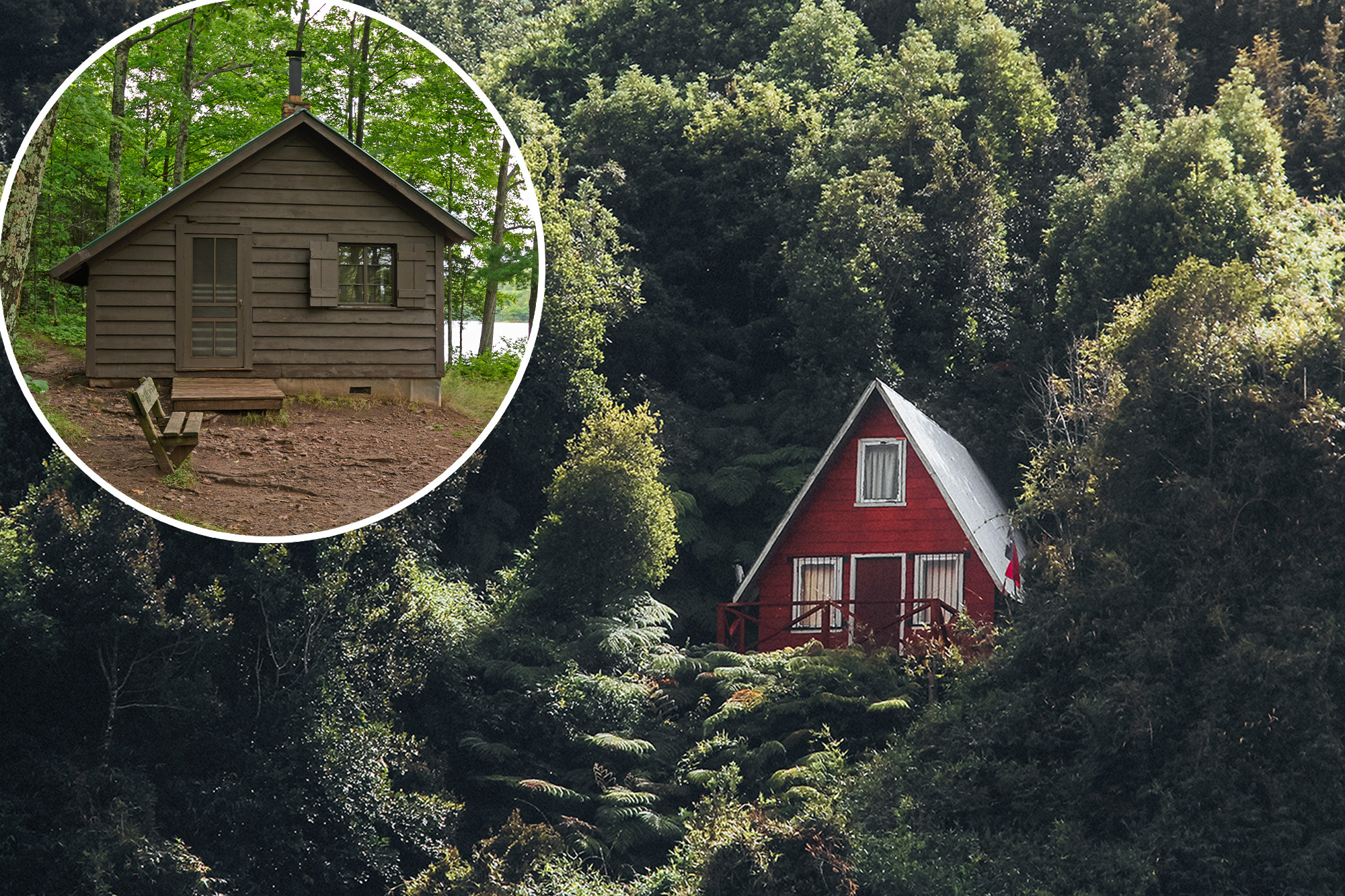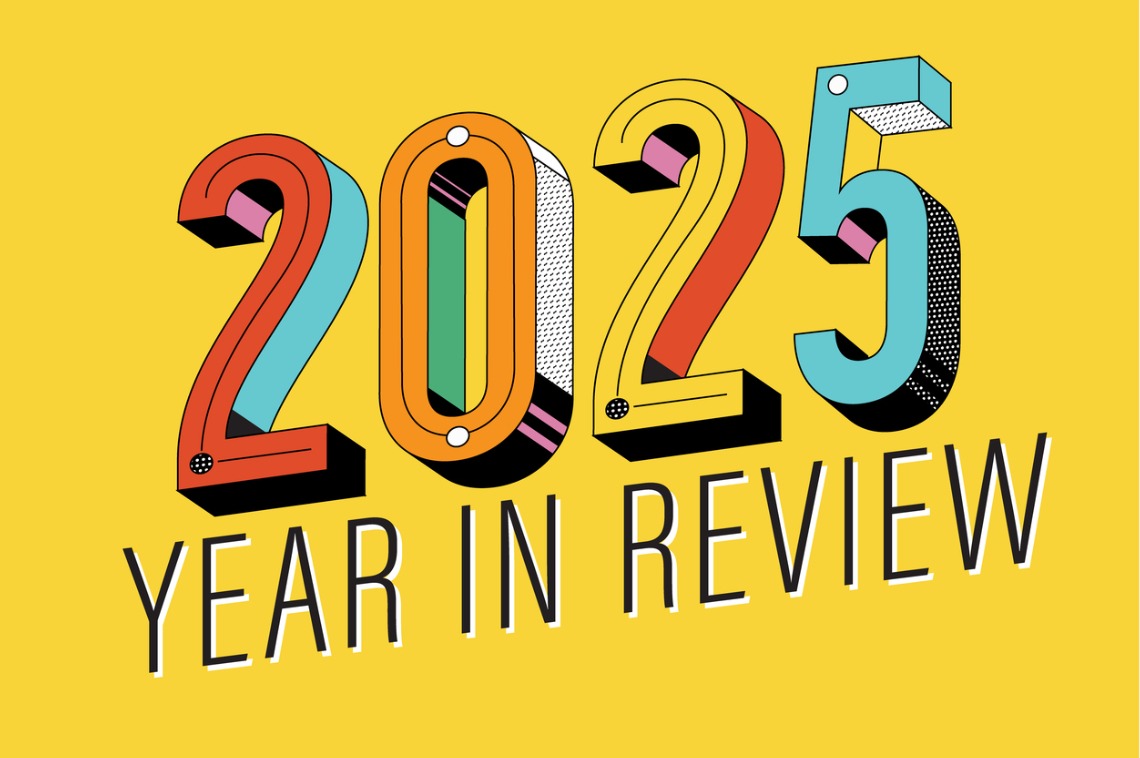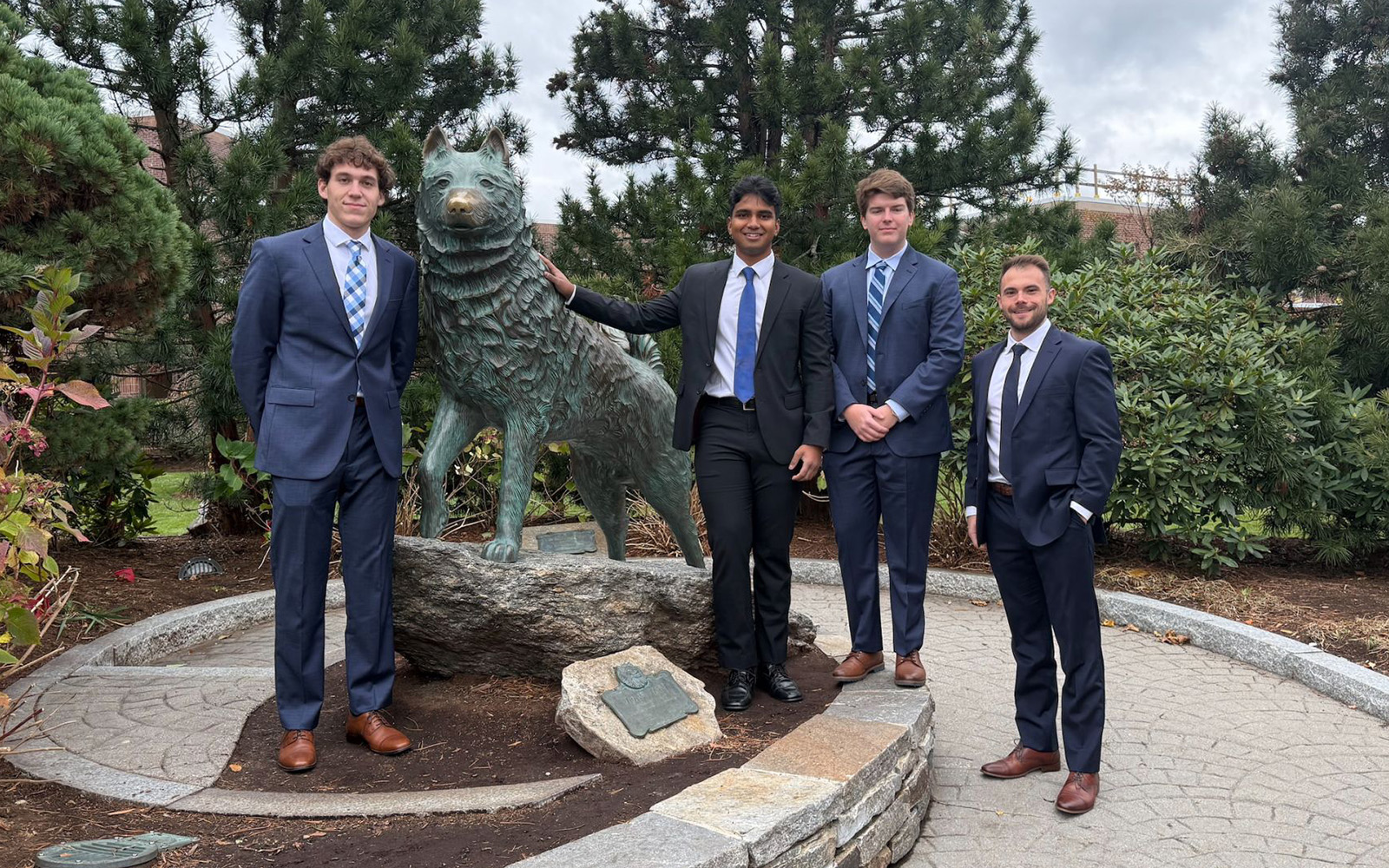T
he idea of living off the grid has gained popularity among a broader range of homebuyers, from remote-working professionals to families seeking a back-to-basics lifestyle. This modern-day homesteading involves producing some of your own food, generating energy through solar or wind power, reducing waste, and incorporating sustainability into daily life.
Since the COVID-19 pandemic, the appeal of rural living has surged, driven by the rise of remote work policies and growing demand for more space. Theresa Lunn, a broker and owner of United Country Real Estate-Western Montana Group, notes that her clientele has shifted towards digital nomads and young families seeking a return to the land.
A November 2024 report from Fannie Mae showed that mortgage applications for rural areas spiked 80% since the start of the pandemic. Even as elevated mortgage interest rates cooled buyer demand in metros, application activity in rural parts of the U.S. remained above pre-pandemic averages.
Rural list prices have grown significantly faster than those in metropolitan areas, with a 64% increase from July 2019 to July 2025 compared to a 42% increase in metro areas. However, Realtor.com senior economist Jake Krimmel notes that rural homes are still more affordable than urban communities in absolute terms.
The "rural discount" has narrowed from 25% in 2019 to 14% in July, indicating prices slowly converging as demand for rural counties grows substantially. Lunn attributes this trend to the proliferation of remote work and the surge in interest rates making cheaper places more attractive to budget buyers facing affordability challenges.
Rural living is not a one-size-fits-all experience, with various models of homesteading available, ranging from modern homes on large plots to fully off-grid log cabins. Lunn advises potential buyers to start with properties that are already connected to the grid and gradually transition to an off-grid arrangement at their comfort level.
Embracing an off-grid lifestyle prematurely can be overwhelming, especially for those used to city living. Would-be homesteaders often underestimate an area's remoteness and may not be prepared for the challenges of rural life, such as harsh winters or limited access to amenities.
Despite these challenges, many families are drawn to far-flung communities seeking more privacy, a chance to put their survival skills to the test, or a well-rounded upbringing away from screens. Lunn recently helped a family from Chicago buy a 20-acre ranch-style spread in Western Montana, where they plan to raise animals and grow their own food.
However, even with the best of intentions, embracing the simple life can be complicated. Lunn warns that newcomers must be truthful about the hardships that come with rural living, including harsh winters and limited access to amenities. Some may find workarounds, such as becoming snowbirds, while others may realize that rural living is not for them.















